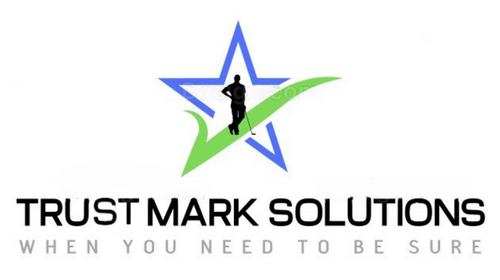Call us now:

The Smart Way to Achieve Zero Defect Manufacturing
In today’s competitive textile industry, customers demand more than just fast delivery—they demand flawless quality. Relying solely on final inspections to catch problems is no longer enough. If you’re aiming for zero-defect manufacturing, the real key lies in identifying and fixing issues during production, not after.
That’s where Inline Inspections come in—a smart, proactive strategy trusted by leading manufacturers to ensure consistent quality throughout the production lifecycle.
What Are Inline Inspections?
Inline Inspections are quality checks conducted at critical stages of the manufacturing process—not just at the end. These inspections happen:
During fabric cutting
At initial stitching phases
Mid-production
Before finishing and packing
The goal? To detect defects in real-time and implement immediate corrections—before the problem spreads to the entire batch.
The Problem with Final-Only Inspections
If defects are discovered at the end of production, fixing them means rework, delays, and increased cost. Worse, if they go unnoticed, they lead to buyer complaints, returns, and damaged relationships. Inline inspections solve this by ensuring quality doesn’t wait until the end.
Benefits of Inline Inspections
1. Real-Time Defect Detection
Spot issues like incorrect stitching, pattern mismatches, or quality gaps early. This allows the production team to fix problems before they become costly.
2. Reduces Rework and Waste
Inline corrections reduce the need for large-scale rework, saving both time and material cost.
3. Boosts Productivity and Efficiency
When workers know quality is being monitored throughout, it leads to fewer errors and more accountability on the floor.
4. Improves Buyer Satisfaction
Consistent product quality builds long-term trust with international clients who expect zero-defect shipments.
5. Supports Continuous Improvement
Inline inspection data can be analyzed to find recurring issues, enabling root cause analysis and preventive action.
What a Good Inline Inspection Should Include
At every inspection point, your QA team should check:
Stitching quality & consistency
Fabric and trim defects
Garment measurements
Workmanship standards
Compliance with buyer specs
Visual and functional defects
Document findings in daily inspection reports, and ensure quick feedback loops with production managers for correction.
Trust Mark Solutions: Your Partner in Zero-Defect Goals
At Trust Mark Solutions, we don’t just inspect—we help you build a defect-free culture. Our inline inspection services are backed by 30+ years of hands-on experience in the textile and apparel industry. We tailor inspection plans to your production model, train QA teams, and deliver clear, actionable reports that keep your quality goals on track.
